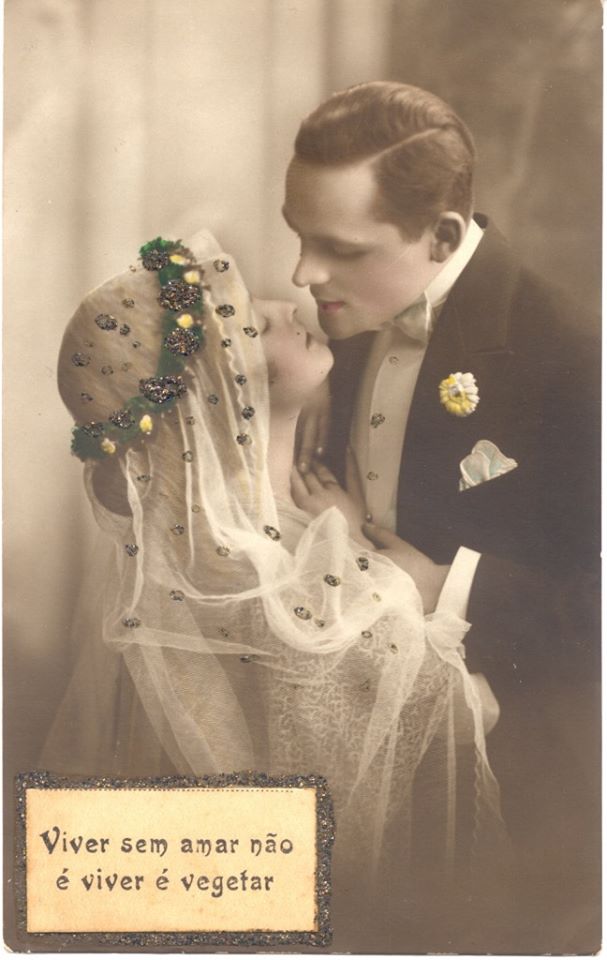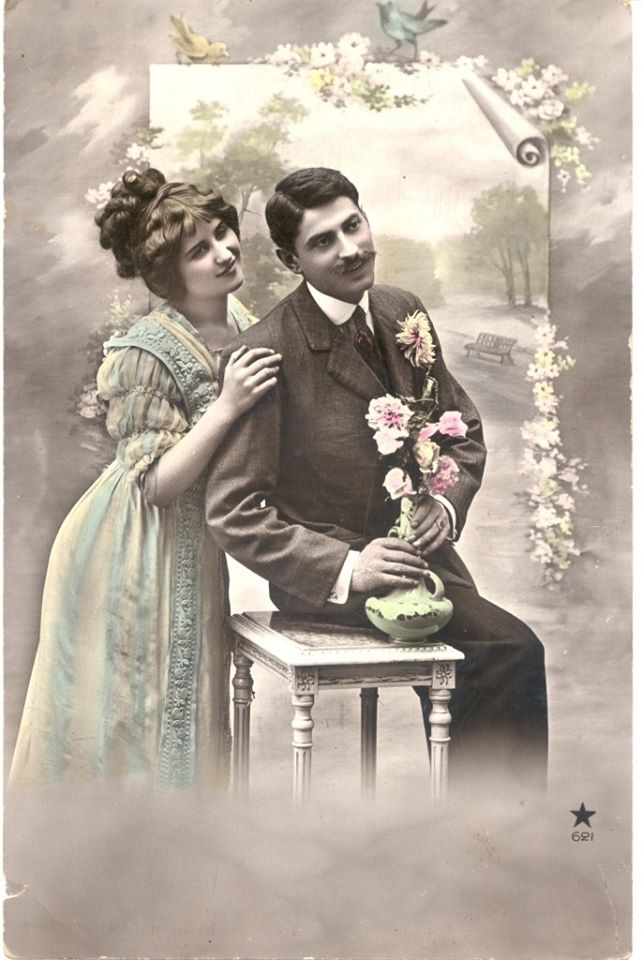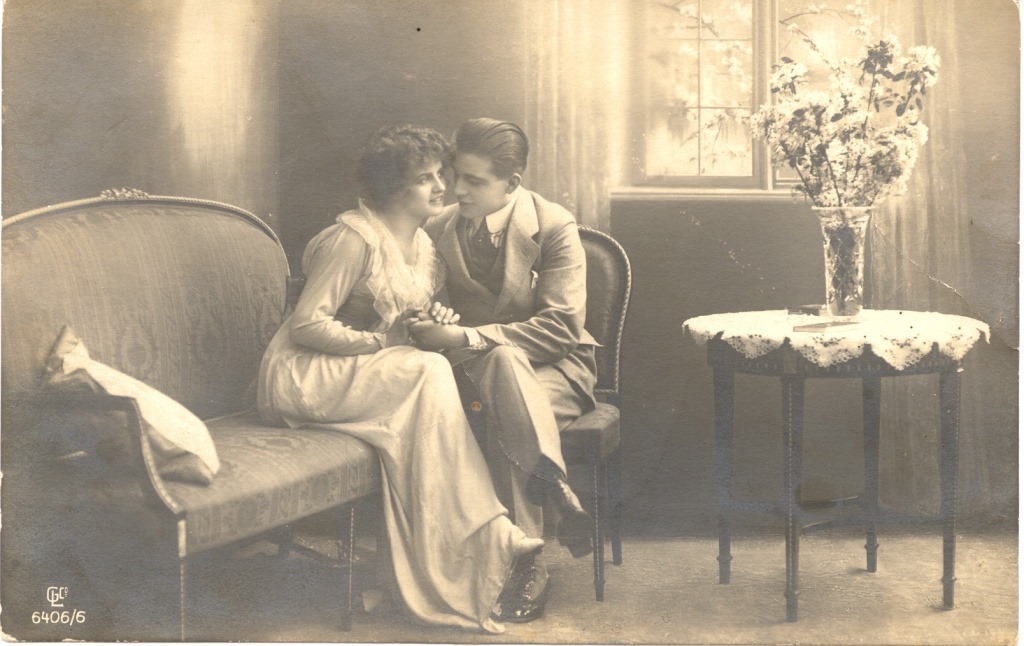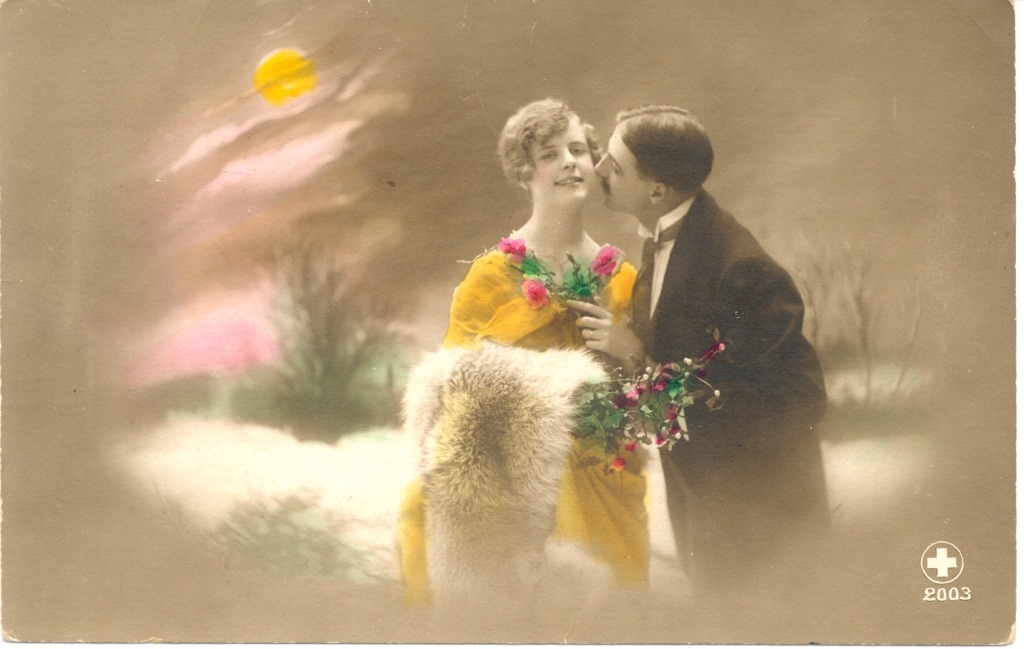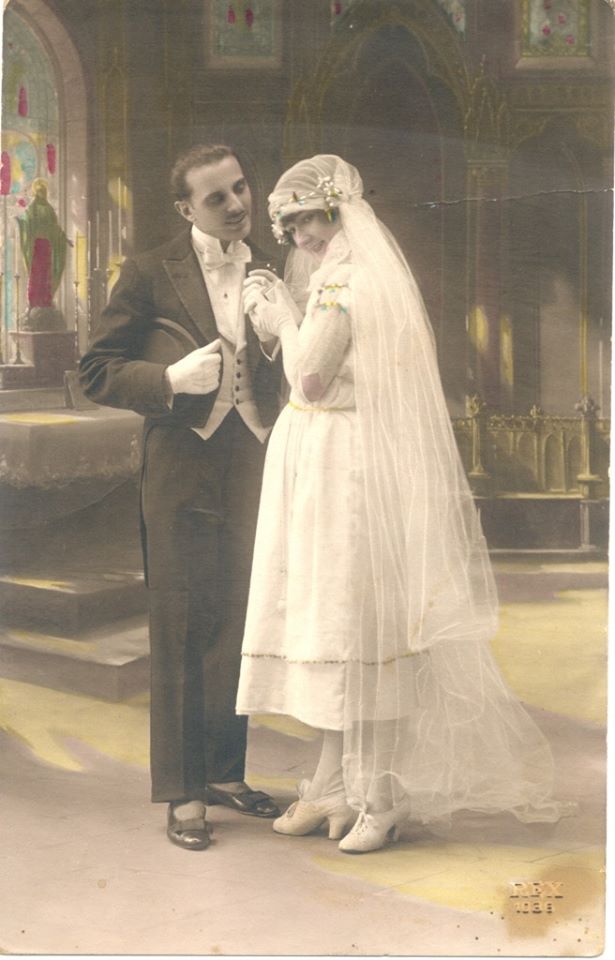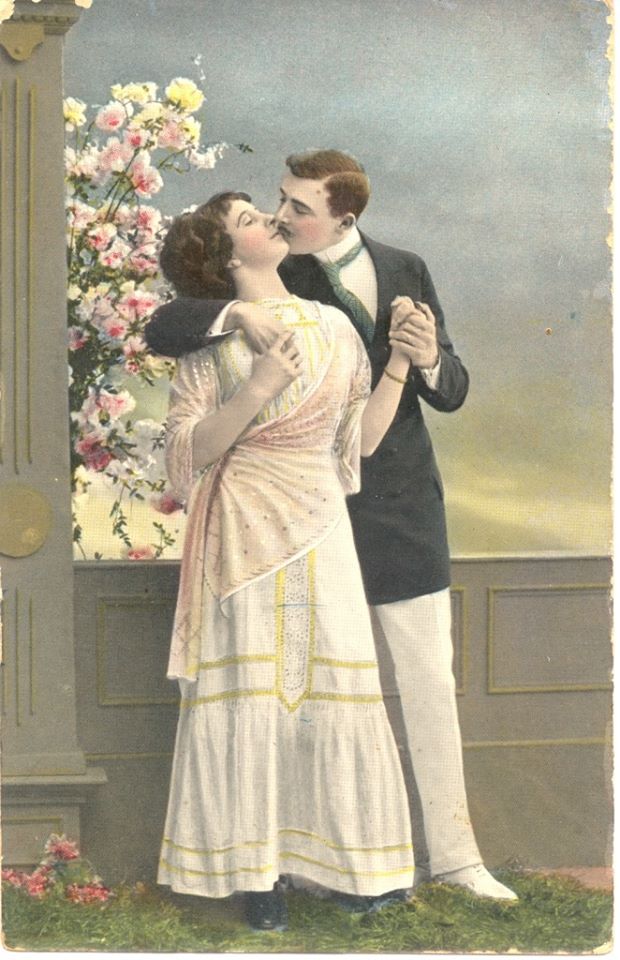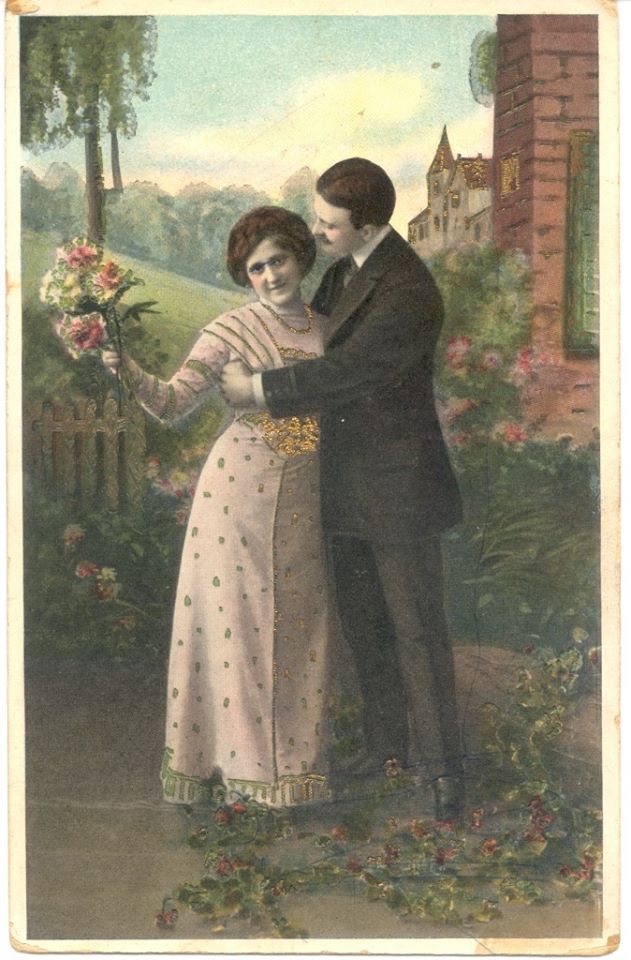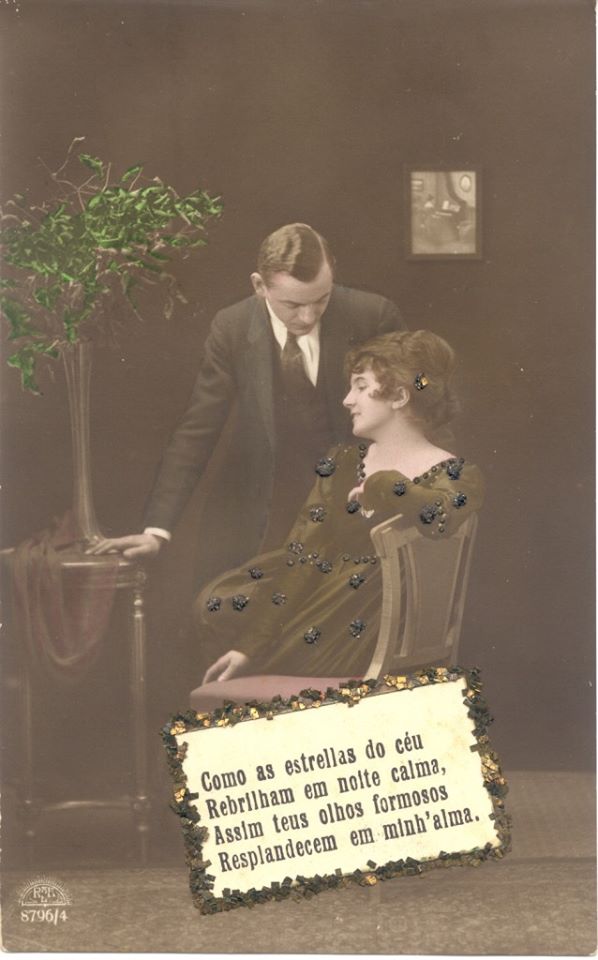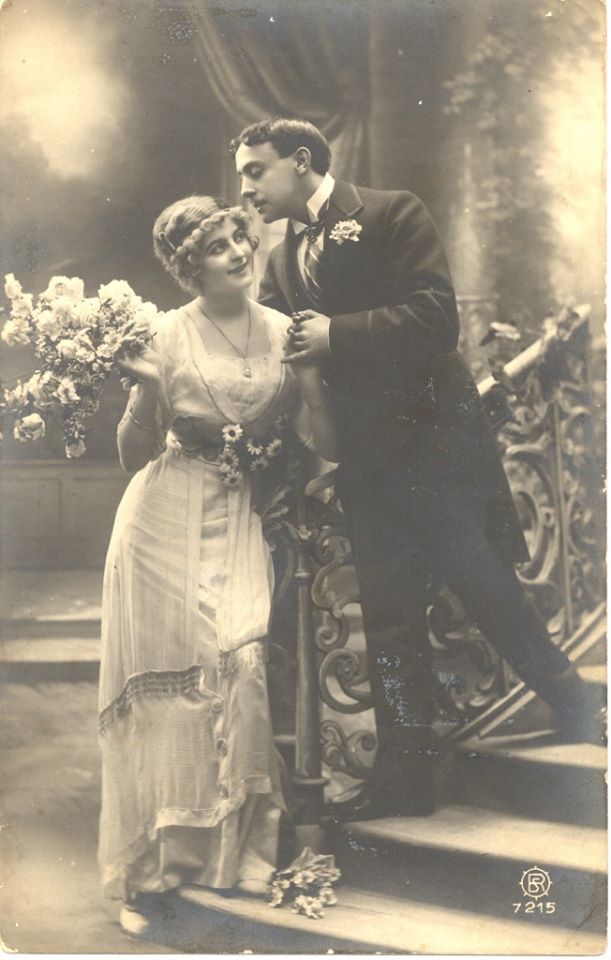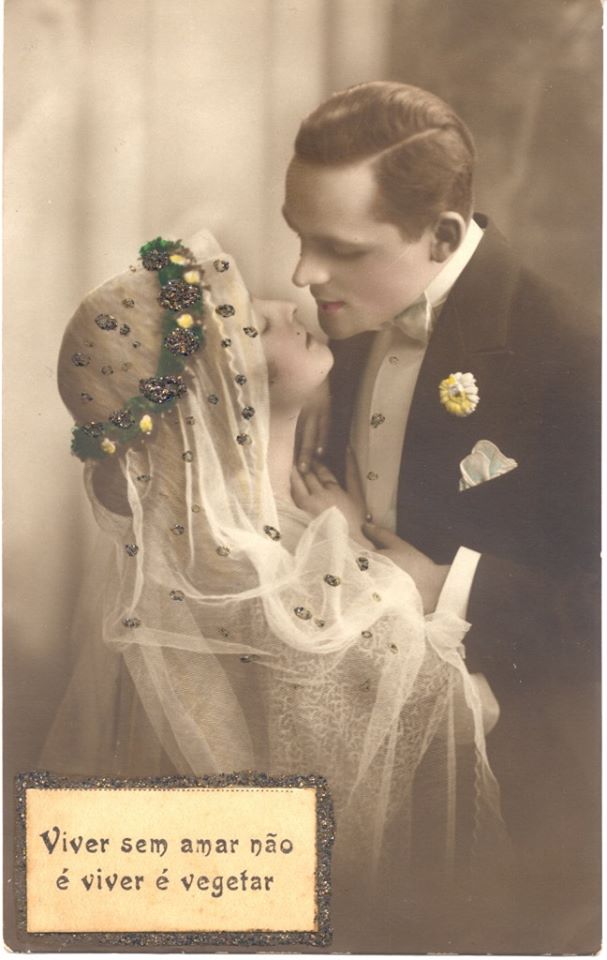Did you know that this festival has a pagan origin and later being adapted by Christianity?
In ancient Rome, february was the official month of Spring beginning. The fertility of the land was celebrated and it was also considered a time of purification and rebirth. In february 14th was the day dedicated to the goddess Juno who, in addition to being queen of all gods, was also, for the Romans, the goddess of women and marriage.
On the night of 14 to 15, “Lupercália” started, dedicated to the God Lupercus, who celebrates love, youth and fertility. These celebrations had several rituals dedicated to love and fertility.
One of them consisted of writing the names of the unmarried girls on small pieces of paper and placed in vases or boxes, from where they were then taken, one by one, by each boy. After this draw, the chosen couples spent the whole festive season together. Often, these couples fell in love and married.
The Lupercalia priests also sacrificed a goat and then touched the forehead of two noble boys with a bloody knife as if it were the memory of a sacred murder. Then they cleaned the stain with wool, wet in milk. Then, an orgy began, during which the lupercos walked through Rome dancing. They used whips, made from the victim's skin, to whip the women. The Romans believed that this practice made couples more fertile and larger families.
Like many other pagan festivals, Lupercália were adapted to Christianity in the year 496, taking advantage of the death’s day of a Christian martyr, St. Valentine, which occurred in the year 270. Due to the cruelty of his death (on the 14th of February), St. Valentine was hailed as a hero and this date was remembered and celebrated, until Pope Gelasius canonized him in 498 and made him the patron of this day.
Saint Valentine was a priest from the time of the Roman emperor Claudius II (3rd century AD). This emperor, as he was unable to get many Romans to enlist the army, because they did not want to abandon their families to go to war, prohibited marriages. Saint Valentine disobeyed that decree and performed weddings in secret. He was soon caught in the act, having been imprisoned and sentenced to death. Then, while awaiting his execution, he felt in love with the jailer's daughter who visited him regularly. In prison he wrote her a note, signed “from your Valentine”, which is the origin of the current tradition.
This date gained a great recognition in medieval times, mainly in France and England, and the first card is said to have been sent, in 1415, by Charles, Duke of Orleans, to his wife, when she was a prisoner in the London’s Tower, after the Battle of Agincourt.
During the 17th century, people made their own cards, using different materials, namely parchment, colored satin and varied illustrations, where they wrote poems, and placed them under the intended door.
However, the tradition of sending postcards at this time began to gain supporters at the time of Queen Victoria of England. It was at that time that printing technology and symbols linked to love, such as cherubs, hearts, flowers and the Cupid God came to the fore.
Come and date at the Museum. Visit us!
Collection of postcards from the “Museu Etnográfico da Madeira”.
Credits: Museu Etnográfico da Madeira
